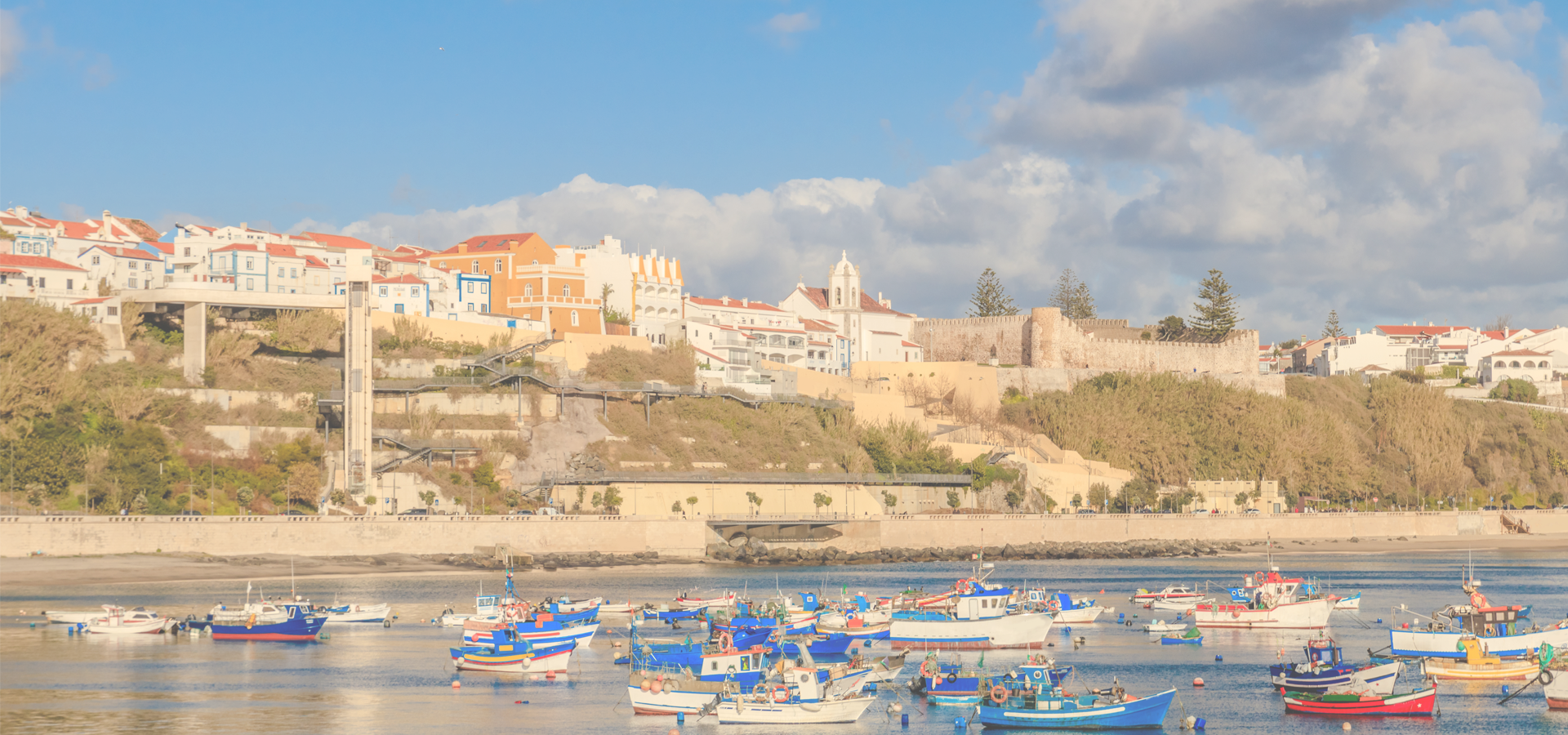Setúbal, Alentejo Region, Portugal
🇵🇹 Setúbal is a city and a municipality in Portugal. It lies within the Lisbon metropolitan area. In the times of Al-Andalus the city was known as Shaṭūbar (شَطُوبَر). In the 19th century, the port was called Saint Ubes in English, and Saint-Yves in French. The municipal holiday is 15 September, which marks the date in 1860 when King Pedro V of Portugal officially recognised Setúbal as a city.
City information The city of Setúbal is located on the northern bank of the Sado River estuary, approximately 48 km (30 miles) south of Portugal's capital, Lisbon. It is also the seat of the Setúbal District and formerly in the historic Estremadura Province.
In the beginning of the 20th century, Setúbal was the most important centre of Portugal's fishing industry, particularly specialising in processing and exporting sardines. None of the many factories then created are operating today. However, the existing maritime ports, either traditional, commercial and the new marines, keep the city links to the ocean and water well alive and vibrant. Tourism, based on the beautiful existing natural conditions plus excellent hotels, resorts and infrastructures, is one of the city's most appreciated resources, due to its interconnection with the Sado (river) on one side and Atlantic Ocean on another, having a coast line with both. The city is also connected with the nearby coast of the Arrábida hills natural park - which offers an unspoiled nature and beautiful beaches to the Atlantic Ocean. A dolphin colony inhabits the Sado River. Across the river on the south bank lies the peninsula of Tróia, a place with vast white/golden sand beaches where several luxury hotels and resorts were recently built. The Tróia peninsula can be sighted from the city, across the river. Albarquel, Figueirinha, Galápos, Galapinhos, Creiro and Portinho da Arrábida are some of the city's many beaches, located in the north bank of the estuary, at the very beginning of the Arrábida hills.
History In antiquity the city was known as Cetobriga, a Turdetani settlement that came under Roman control in the province of Lusitania.
Parishes Administratively, the municipality is divided into 5 civil parishes (freguesias): • Azeitão (São Lourenço e São Simão) • Gâmbia – Pontes – Alto da Guerra • Sado • São Julião, Nossa Senhora da Anunciada e Santa Maria da Graça • São Sebastião.
Economy According to the census of 2011, the municipality of Setúbal had a labor force of 58,514 people, among whom 15.6% were unemployed. Among those who had a job, 1.6% were working in the Primary sector, 24.9% in the Secondary sector and 73.5% in the Tertiary sector. Setúbal is notable for the industries of pulp, paper, cement, fertilizers, pesticides, other phytopharmaceutical products, thermal power, shipbuilding and ship repair there was a lot of automobile assembling industry since the 1950s with several known manufacturers had or have opened assembly halls for the Portuguese market. Today there are only 3 tradenames nearby currently in production. The Port of Setúbal had a cargo throughput of 6.058 million tons in 2012, making it the 4th busiest port in Portugal, with 7.4% of the cargo throughput in the country. In the 19th century, the area was notable for the production of sea salt. St. Ubes bay salt was exported as far as Australia in the 1830s.
Education Escola Superior de Ciências Empresariais
Sport The city's main sports club is Vitória de Setúbal, the football club established on 20 November 1910.
Culture The main historical monument of the city of Setúbal is the Monastery of Jesus, which is a 15th- and 16th-century church that represents one of the first buildings in the Portuguese late Gothic style known as Manueline.
Also of interest are the São Julião Church, also with Manueline portals. The Castelo de São Filipe, is a 16th- and 17th-century fortress on the north bank of the Sado river, overseeing the city. The fortress was converted into a luxury hotel (pousada).
Teatro Animação de Setúbal is based in Setúbal.
Vista da Cidade de Sines e da Praia Vasco da Gama, Alentejo, Portugal

Setúbal has a population of over 89,303 people. Setúbal also forms the centre of the wider Setúbal District which has a population of over 788,459 people. It is also a part of the larger Lisbon area.
To set up a UBI Lab for Setúbal see: https://www.ubilabnetwork.org Twitter: https://twitter.com/UBILabNetwork
Twin Towns, Sister Cities Setúbal has links with:
🇧🇬 Aksakovo, Bulgaria 🇫🇷 Beauvais, France 🇫🇷 Bobigny, France 🇭🇺 Debrecen, Hungary 🇵🇹 Leiria, Portugal 🇫🇷 Pau, France 🇧🇷 Porto Seguro, Brazil 🇲🇿 Quelimane, Mozambique 🇲🇦 Safi, Morocco 🇨🇻 Tarrafal, Cabo Verde 🇪🇸 Tordesillas, Spain🇵🇹 Figueira da Foz -8.851
🇵🇹 Viana do Castelo -8.833
🇵🇹 Póvoa de Varzim -8.75
🇵🇹 Vila do Conde -8.733
Locations Near: Setúbal -8.89261,38.5243
🇵🇹 Almada -9.15,38.667 d: 27.4
🇵🇹 Lisbon -9.133,38.717 d: 29.9
🇵🇹 Amadora -9.233,38.733 d: 37.6
🇵🇹 Queluz e Belas -9.255,38.755 d: 40.6
🇵🇹 Oeiras -9.317,38.683 d: 40.9
🇵🇹 Algueirão-Mem_Martins -9.35,38.8 d: 50.2
🇵🇹 Cascais -9.417,38.7 d: 49.5
Antipodal to: Setúbal 171.107,-38.524
🇳🇿 Stratford 174.283,-39.333 d: 19726.1
🇳🇿 Richmond 173.183,-41.333 d: 19656.1
🇳🇿 Nelson 173.284,-41.269 d: 19657.9
🇳🇿 Auckland 174.763,-36.853 d: 19643.6
🇳🇿 North Shore City 174.75,-36.8 d: 19641.5
🇳🇿 Hibiscus Coast 174.698,-36.606 d: 19633.5
🇳🇿 Whanganui 175.05,-39.932 d: 19641.2
🇳🇿 Hamilton 175.28,-37.788 d: 19641.2